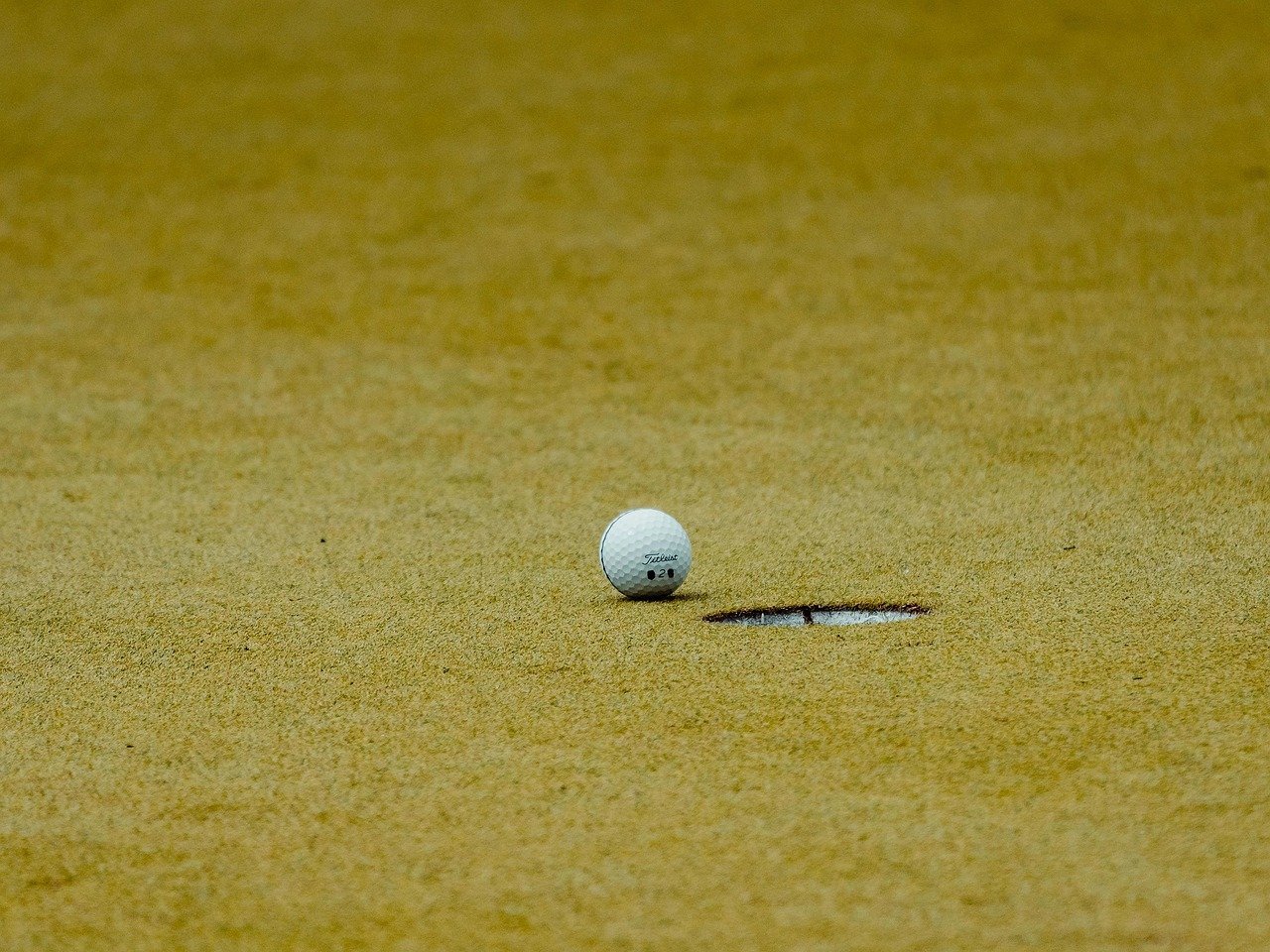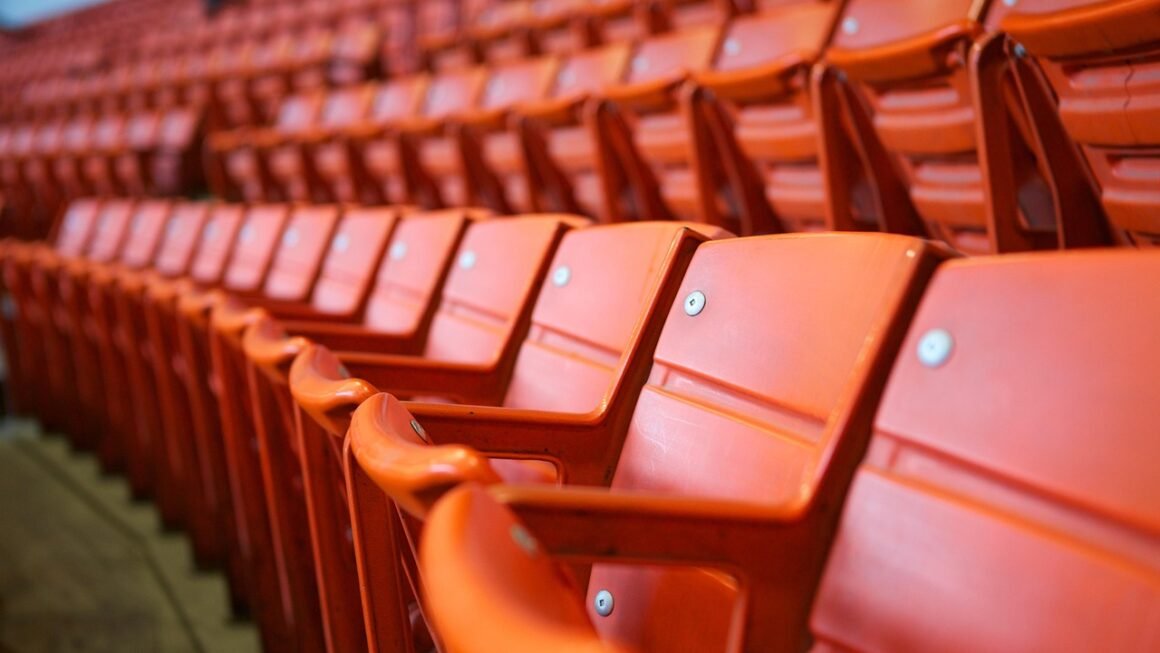Handball, often referred to as Team Handball or Olympic Handball, is a fast-paced, high-scoring team sport played between two teams of seven players each (six court players and one goalkeeper). Combining elements of basketball, soccer, and netball, handball is a thrilling and physically demanding game that requires speed, agility, strength, and teamwork. This comprehensive guide will explore the intricacies of handball, covering its history, rules, gameplay, and the benefits of playing this dynamic sport.
What is Handball? A Deep Dive into the Sport
Handball is more than just throwing a ball; it’s a strategic battle played on a rectangular court. It’s a sport that demands both individual skill and seamless teamwork. The objective is simple: score by throwing the ball into the opposing team’s goal. But the execution requires precision, athleticism, and a deep understanding of the game.
The Basics of Handball
- The Court: The handball court is 40 meters long and 20 meters wide. It includes a goal area at each end, marked by a six-meter line (the “D-line”).
- The Ball: The ball is made of leather or synthetic material and varies in size depending on the age and gender of the players.
- The Players: Each team consists of seven players – six court players and one goalkeeper. Common court player positions include:
Center Back: The playmaker, responsible for directing the offense.
Left and Right Back: Powerful shooters from distance.
Left and Right Wing: Fast, agile players who attack from the sides.
Pivot: A player who operates close to the goal, creating scoring opportunities.
- Objective: The primary objective is to score more goals than the opposing team by throwing the ball into their goal.
- Game Duration: A standard handball match consists of two 30-minute halves with a 15-minute halftime.
Key Rules of Handball
Understanding the rules is crucial for enjoying and playing handball effectively. Here are some essential rules:
- Moving with the ball: Players can dribble the ball, but they can only take three steps without dribbling. After dribbling, they can take another three steps.
- Holding the ball: Players can hold the ball for a maximum of three seconds.
- Contact: While some physical contact is allowed, excessive pushing, hitting, or endangering an opponent is prohibited and results in a foul.
- Goal Area: Only the goalkeeper is allowed inside the goal area. Court players cannot enter the goal area to gain an advantage.
- Free Throw: Awarded to the opposing team after a foul. The free throw is taken from the spot where the foul occurred.
- 7-Meter Throw (Penalty): Awarded for clear scoring opportunities prevented by illegal actions. The player shoots directly at the goal from the 7-meter line.
The Thrill of Handball Gameplay
Handball is renowned for its fast-paced, fluid gameplay. The constant movement, quick passes, and powerful shots make it an exhilarating spectator sport and a rewarding athletic pursuit.
Offensive Strategies
Offensive strategies in handball are designed to create scoring opportunities and exploit weaknesses in the opponent’s defense. Common strategies include:
- Fast Break: A rapid counter-attack launched immediately after gaining possession of the ball.
- Position Play: A structured offensive system where players rotate and move to create openings.
- Pick and Roll: A strategy where a player sets a screen (pick) for a teammate, then rolls towards the goal for a pass.
- Isolation: Isolating a strong attacker against a weaker defender to create a one-on-one scoring chance.
Defensive Tactics
Effective defense is just as crucial as a strong offense. Defensive tactics in handball aim to prevent the opposing team from scoring and regain possession of the ball.
- 6-0 Defense: All six defenders line up along the 6-meter line to create a solid wall.
- 5-1 Defense: Five defenders line up on the 6-meter line, with one player positioned further out to pressure the opposing backcourt players.
- Man-to-Man Defense: Each defender is responsible for marking a specific opponent.
- Zone Defense: Defenders are responsible for guarding specific areas of the court.
Example of a Common Play: The Wing Shot
The wing shot is a frequent scoring opportunity in handball. The wing player, positioned on the far left or right side of the court, receives a pass and quickly shoots at the goal from a sharp angle. This requires precision, agility, and the ability to shoot with power and accuracy while off balance. A successful wing shot often depends on the wing player’s ability to fake out the defender and find a clear shooting lane.
Benefits of Playing Handball
Handball offers a multitude of physical, mental, and social benefits, making it an excellent sport for individuals of all ages and skill levels.
Physical Advantages
- Cardiovascular Fitness: The constant running and jumping involved in handball significantly improves cardiovascular health.
- Strength and Endurance: Players develop strength in their arms, legs, and core through shooting, defending, and maneuvering on the court.
- Agility and Coordination: Handball enhances agility, coordination, and reaction time due to the quick movements and fast-paced nature of the game.
- Improved Hand-Eye Coordination: Throwing and catching the ball accurately develops hand-eye coordination.
Mental and Social Benefits
- Teamwork and Communication: Handball is a team sport that requires excellent communication and collaboration skills.
- Strategic Thinking: Players must develop strategic thinking skills to analyze the game, anticipate opponent movements, and make quick decisions.
- Discipline and Focus: Handball requires discipline and focus to follow game plans, execute strategies, and perform at a high level.
- Social Interaction: Playing handball provides opportunities for social interaction, friendship, and camaraderie with teammates.
Getting Started with Handball
Interested in trying handball? Here’s how to get involved:
Finding a Local Club or Team
- Online Search: Search online for handball clubs or teams in your local area. Use search terms like “handball club near me” or “team handball [your city].”
- National Governing Body: Contact your national handball governing body for information on clubs and programs in your country. In the United States, that’s USA Team Handball.
- Community Centers: Check with local community centers, YMCA/YWCAs, and recreational facilities for handball programs or leagues.
Essential Equipment
- Handball Shoes: Shoes with good grip and ankle support are essential for playing on indoor courts.
- Handball: Use the correct size ball for your age and gender.
- Athletic Clothing: Wear comfortable athletic clothing that allows for freedom of movement.
- Optional Gear: Some players may choose to wear knee or elbow pads for added protection.
Basic Skills to Practice
- Throwing: Practice throwing the ball with accuracy and power. Focus on proper technique and follow-through.
- Catching: Develop your catching skills by practicing with a partner. Focus on soft hands and secure grip.
- Dribbling: Practice dribbling the ball while moving at different speeds.
- Footwork: Improve your footwork by practicing agility drills and quick movements.
Conclusion
Handball is a dynamic and exciting sport that offers a unique blend of physical and mental challenges. Whether you’re a seasoned athlete or a beginner looking for a new way to stay active, handball provides a rewarding and engaging experience. By understanding the rules, mastering basic skills, and embracing the team-oriented nature of the game, you can unlock the many benefits of handball and enjoy the thrill of this captivating sport. So, grab a ball, find a court, and experience the excitement of handball for yourself!



